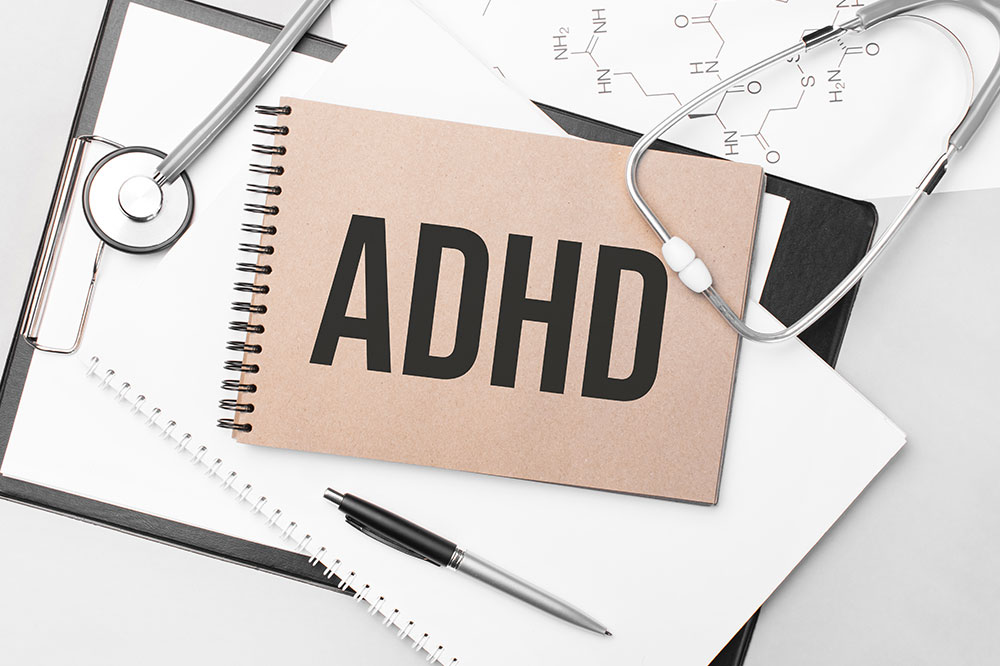4 signs of heart problems triggered by excessive sugar intake

Cardiovascular diseases and high blood sugar are among the leading causes of problems for most adults. Everything from poor lifestyle choices to changes in daily nutrition can impact heart health. Older adults with underlying chronic health conditions must be more cautious while making such changes. One of the major contributing factors is excessive sugar intake. Keep reading to learn how exceeding the daily sugar limit recommended by experts can drastically impact one’s heart health.
Diabetes
Research by experts suggests that people with diabetes are at a higher risk of developing several cardiovascular problems than people without the condition. The risk of coronary artery disease, heart attack, atherosclerosis, and arrhythmia, among other heart complications, is exponentially increased due to an imbalance in blood glucose levels in the body. The risk is higher for people with type 2 diabetes, most commonly diagnosed among adults in the country. Refined sugar is used in most processed foods and beverages that have become a must-have for most people who eat fast food regularly. Exceeding the daily recommended free sugar intake is considered risky for adults and seniors already suffering from underlying health conditions.
Unhealthy BMI
Sugar is empty calories. It is merely a condiment that is used to enhance the taste. Therefore, there is no benefit to adding sugar to one’s daily foods and beverages. However, most children and adults have become accustomed to adding sugar daily to their tea, coffee, baked goods, and confectionaries. Furthermore, sugar triggers hunger pangs that lead to excessive intake of unhealthy calories from processed foods. It further leads to an increased body mass index that puts pressure on the heart. Sugary foods contribute to prolonged high blood sugar, leptin resistance, and insulin resistance — all of which are associated with unhealthy body mass. Unhealthy BMI gain is another significant risk factor linked to cardiovascular diseases, as the organ is forced to pump more blood to manage the increased body mass.
High cholesterol
Sugar is a source of short-term energy for the body. So once this energy source is exhausted, the body rapidly turns to other sources of carbohydrates that can fulfill one’s cravings. These changes in energy levels have a harmful effect on cholesterol levels. Excessive sugar intake raises low-density lipoprotein (LDL) and lower high-density lipoprotein (HDL) levels. These specific changes in cholesterol lead to the buildup of plaque in the arteries that restricts circulation. Reduced circulation affects cardiovascular function as the heart pumps more blood inside narrowed artery walls. All these factors combined increase the risk of severe heart disease among older adults. Adding unwanted sugar triggers these reactions that are unhealthy for the body.
Constipation
Certain studies indicate that patients who develop constipation have higher chances of also suffering from cardiovascular problems. The risk is even higher for those who consume refined sugars in processed foods and sweet beverages that lack fiber. It is because the empty calories add no nutritional benefit to support vital organs and metabolic function. Mainly, the body requires more fiber to process bowel movements. With excessive sugar in the daily meal plan, these functions are deprived of essential fiber, leading to constipation. Postmenopausal women and older men are at more risk of coronary artery disease with underlying complications like constipation.






